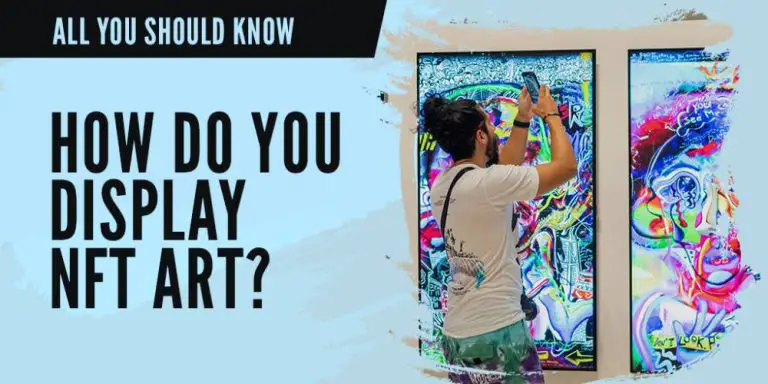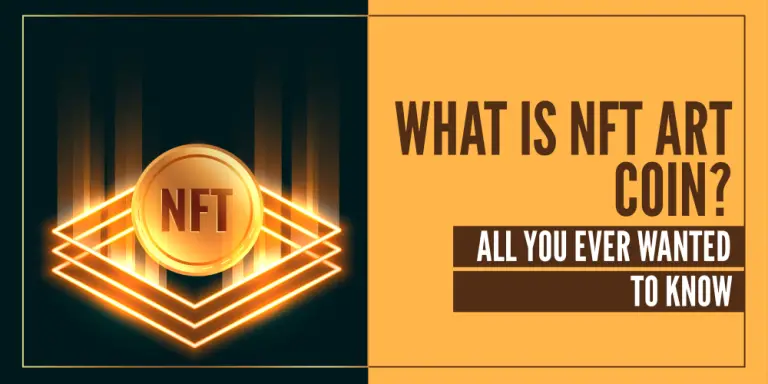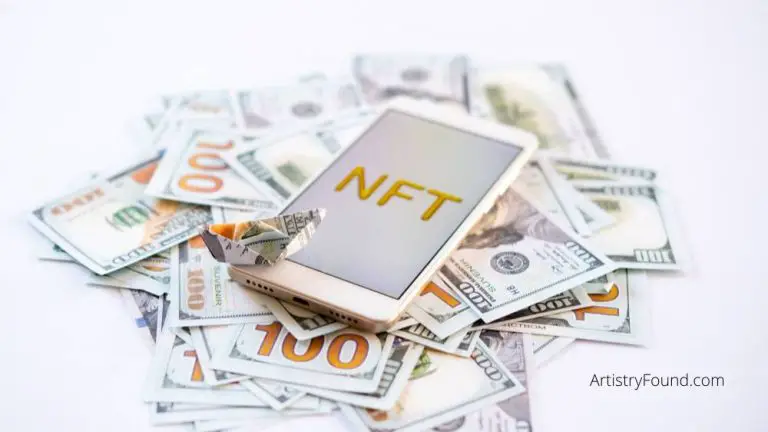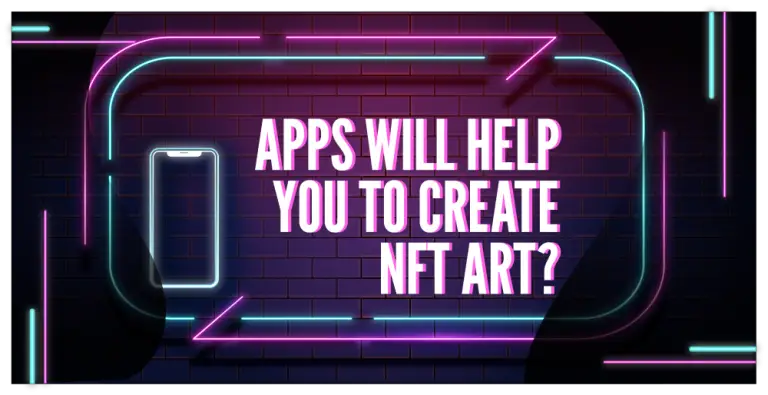5 Reasons Why Is NFT Art So Expensive (Explained)
Digital NFTs are the latest addition to a world where more and more things are taking digital form. Everything from ordering food to managing accounts has become a digital process. NFTs, for example, are becoming very popular, forcing us to sit back and take note!
As a result, we’re left with a bigger question: Why is NFT art so expensive since digital art can be duplicated for so cheap? Where does the value come from?
Early in 2020, NFTs were making a lot of noise, which got us both enthusiastic and confused. After all, NFTs can be worth millions of dollars.
What Are NFTs?
To answer this question, NFTs are non-fungible tokens. When we mention these digital tokens or non-fungible assets, we’re referring to the fact that they’re unique, irreplaceable, and provide exclusive ownership on the blockchain.

(This article may contain affiliate links and I may earn a commission if you make a purchase)
They are priceless assets that represent digital works. Anything such as digital artworks, graphics, and music, can be used as NFTs. Not only are they affiliated with anything digital, but they can also be associated with video game accessories.
That means you can have complete ownership of a digital work that no one else has. Based on its value in the NFT world, you can decide whether to maintain it as a collectible or trade it for profit.
NFTs vs. Traditional Art Market
When we compare to the traditional art market, the global NFT market is becoming way more popular. Instead of walking down to a local shop where art is presented, the online NFT market is far more convenient when it comes to buying artwork.
As we mentioned above, owning digital files such as graphics, music, videos, etc., can be used as NFTs. If you have a one-of-a-kind thing that you can prove your ownership of, no wonder it can become extremely valuable. Read on to see why NFT art can be expensive.
5 Reasons Why NFT Digital Art is Expensive

As previously stated, when you purchase an NFT in the digital world, your name is registered in the blockchain’s “owner” column. This is an oversimplification of what is going on, but in essence that’s what’s happening.
In the case of an image, people are more interested in paying for the proof of ownership than the image itself. The image is merely a decorative element. If someone copies it, they will be able to flex even more about the power of NFTs.
But, even after that, why can NTF art be so expensive? This is especially important for digital artists to understand because they can make so much profit from this!
1. First, It’s One of a Kind
“The first of its kind” experiences have always been valued by mankind. It doesn’t matter if it’s your first steps as a child, your first paycheck, or your first kiss. It’s always something to keep in mind. We place high importance on anything that is a first.
As a result, this is one of the reasons why NFT art is so expensive in the market. A startup called Larva Labs invented “Crypto Punks” when NFTs were still not so popular. A collection of 10,000-pixel images portraying a single character with different attributes, making each NFT distinct from the others.
This is why Crypto Punks often appears in lists of the top ten most expensive NFTs sold.
2. Trade Digital Files

Flickr Image by Tero Karppinen
People live in an age where they are constantly connected to their smartphones and spend a lot of their time on social networks. People spend more time online with their friends than they do meeting them in person.
Because NFTs are digital assets that you can easily store, display, and even trade with your friends, they will become more valuable over time. For example, buying a digital comic NFT of Spiderman will be seen by more people (more flex) than keeping it in your cupboard and only showing it to your closest friends.
3. Premium of Availability
The learning curve can be steep when it comes to buying and selling collectibles. For example, in the case of trading cards such as Pokémon, the buyer will have to go through several steps to confirm that the card is authentic, verify its condition (which some sellers can mislead even with photos), compare prices across numerous websites, and accept the risk of delivery.
When purchasing an NFT, on the other hand, all the user needs to do is review the metadata, check the creator details, and select the item edition, and he is ready to purchase it right away.
The simplicity of buying and selling NFTs, as well as the confidence that comes with it, allows for more trading and money to enter the system, raising the value of the digital artwork.
4. Utility – Real World Counterparts
It is vital to take certain factors into consideration when buying an NFT, and this is one of them. It is much easier to evaluate any NFT if it is linked with a real-world benefit, something concrete.
Why? Because you can now compare it to the value of the real-world object it represents.
Gary Vaynerchuk, a well-known media influencer, recently established an initiative called ‘Vee Friends.’ He sketched various drawings of these NFTs by hand. While the mainstream media focused on Gary Vee’s ability to make millions by selling oddly shaped ants and elephants, the truth is that he significantly increased the utility of those NFTs.
Each NFT may, for example, be used as a ticket to Gary Vee’s yearly conference (which is already very expensive). Special 1:1s with him were included in some of the NFTs.
5. Ownership History of Digital Asset
Another reason why an NFT art piece can be expensive on the market is due to it’s recorded ownership history. It might be difficult to keep track of an individual person’s history in the physical world. There is a paper trail to follow (if there is one at all), legalities, bureaucracy, and so on.
It is now exceedingly straightforward to monitor ownership in a digital realm, thanks to Blockchain technology and NFTs.
This means that the previous owners of the NFTs could be traced. Consider how valuable the NFT you’re buying would be if a well-known individual had previously possessed it. Of course, the buyer’s opinion is subjective, but it would undoubtedly raise the NFT prices.
Justin Bieber, for example, recently bought a Bored Ape. If he ever sells it, all future purchases will gain value because Justin already owned it – so it’s like a JPEG with clout now.
Why Is NFT Art So Expensive – Final Thoughts
NFTs are becoming more and more a significant asset class because of its win-win structure. We say a win-win situation because it’s perfect for both buyers and sellers.
This technology will very certainly exist in the future. The non-fungible assets are bound to make a very big difference in future sales as they will most certainly attract traditional investors. We don’t believe that any online digital ownership technology will be able to replace it “yet.”
In conclusion, there are various reasons why art can be expensive in the NFT art world. This could be due to their unique aspects, a successful brand, or the fact that they are linked to other kinds of assets.
No matter what the situation may be, it’s clear that the machine learning model that is used to create these tokens is in high demand, which will only increase their value in the future.







